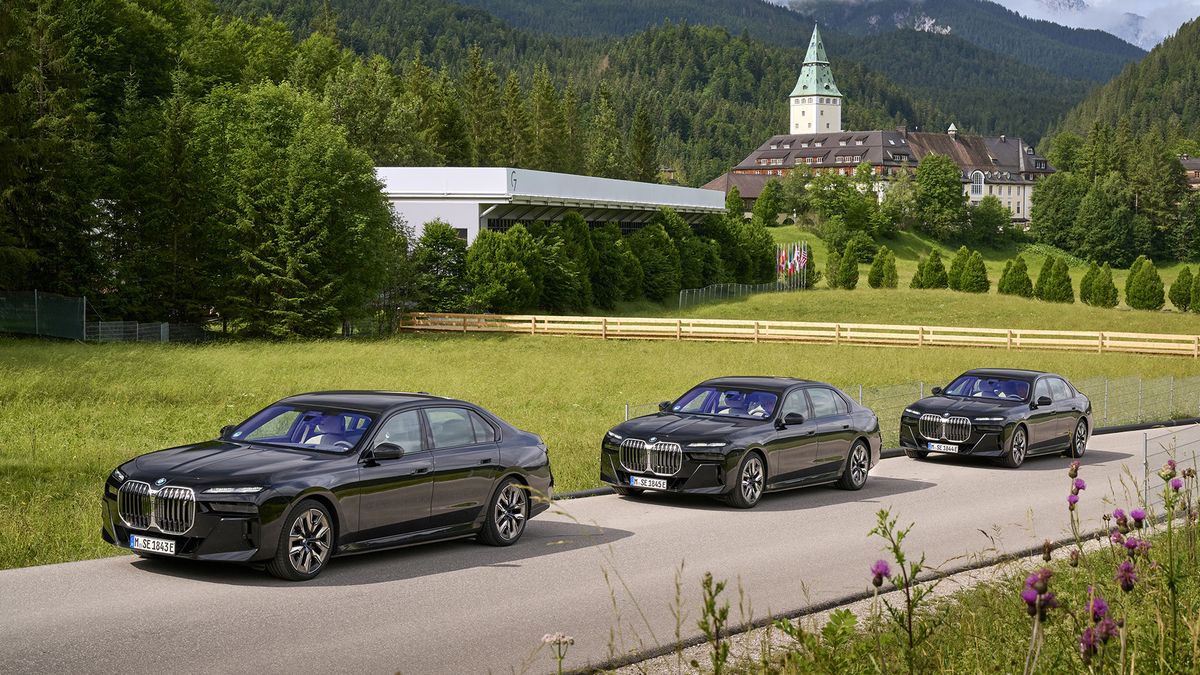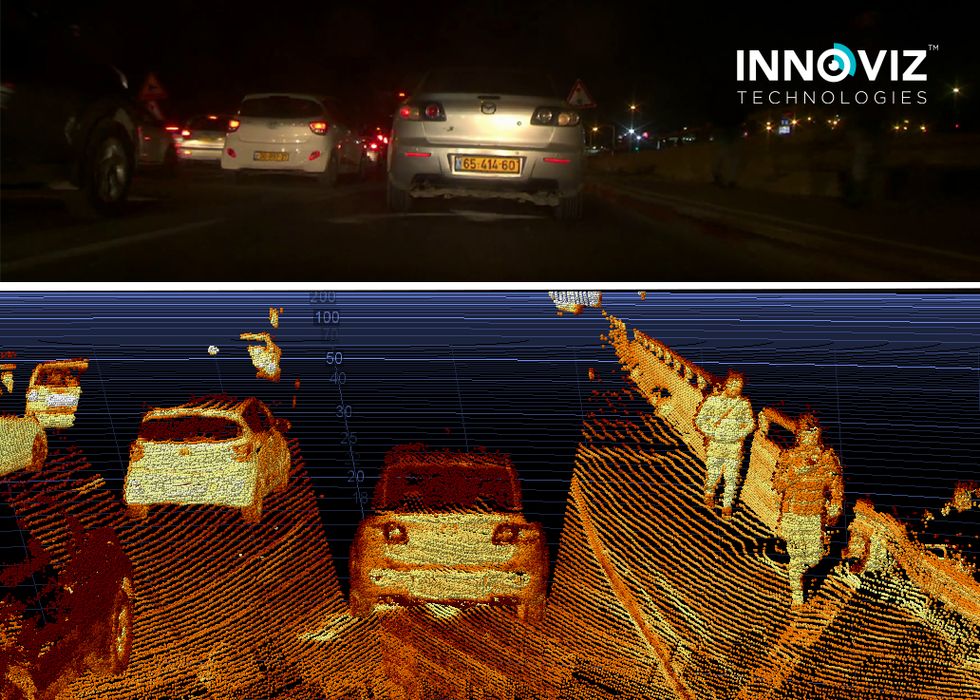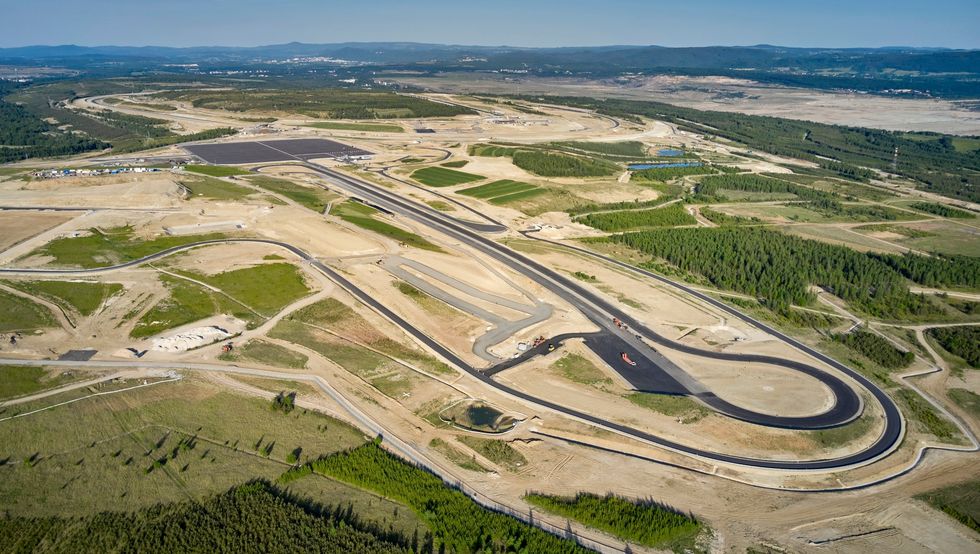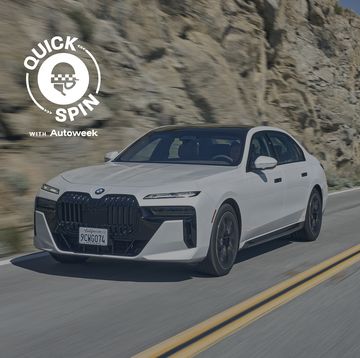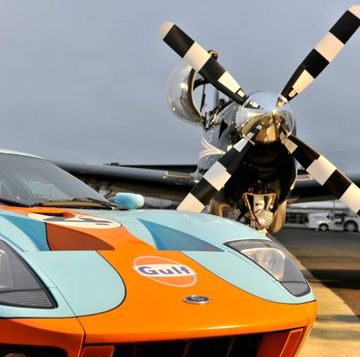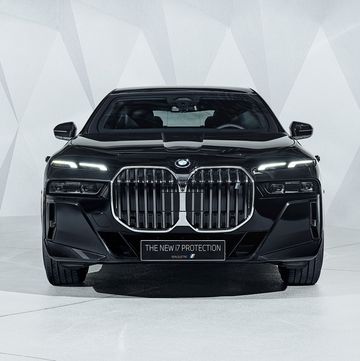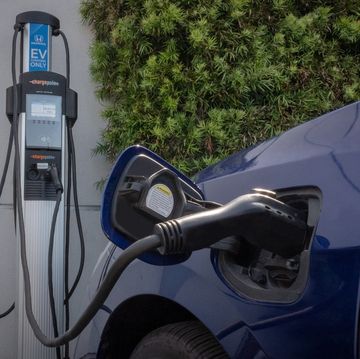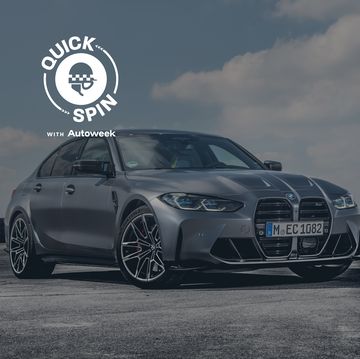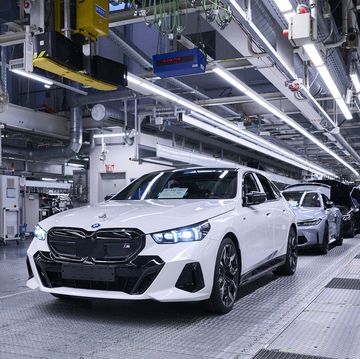- With help from Innoviz, BMW is ready to launch a Level 3 autonomous driving system on its 2024 7-Series, but the Bavarian brand isn't stopping there.
- After announcing its new, Czechia-based Future Mobility Development Center, BMW says it will co-develop a second generation of Level 3 autonomy for future models.
- Cameras and lidar sensors are essential for increased redundancy in autonomous driving and ensuring that liability requirements are met, Innoviz CEO Omer Keilaf explained.
If Mercedes-Benz has an SAE Level 3 autonomous driving system publicly available, then naturally BMW needs to have one, too. But BMW has been saying a Level 3 autonomous system is on the way since 2020, without much to show for it. Yet again, BMW says that is all about to change, as it is soon to release such a system and announces a renewed dedication to autonomous technology.
Leading the way is Innoviz, an Israeli lidar company that claims to be the missing piece in BMW's newest quest for hands-free driving. In a renewed agreement with executives in Bavaria, Innoviz will start a B-sample development phase on a new generation of lidar, building on the company's first Level 3 ADAS offering set for release on the 2024 BMW 7-Series.
BMW still asserts that the future of the ultimate autonomous driving machine isn't certain, but positive testing of Innoviz's Level 3 assisted driving system on the incoming 7-Series indicates a broader range of the BMW lineup could receive such technology in the near future. Additionally, BMW just launched its own Future Mobility Development Center in Czechia, which it says will first focus on autonomous driving development.
"Lidar is one of the critical technologies underpinning Level 3 or even higher automated functions. Optimizing lidar technologies and costs are the major challenges in order to bring Level 3 highly automated driving into the mainstream," said Nicolai Martin, SVP of Driving Experience for BMW Group. "We are very pleased to have Innoviz develop the first B-samples of this new lidar generation and hope that the results of the B-sample phase create a basis for a possible future extension of our collaboration."
Innoviz says customers can expect additional features beyond some semblance of conditionally monitored driving to be present on its Level 3 system. Specifically, the BMW Group is looking for a lidar-based Minimal Risk Maneuver (MRM) system, which allows for independent analysis and action from the vehicle during potentially dangerous driving scenarios.
But how exactly does the current Innoviz lidar work, and why is lidar so essential for proper Level 3 automation? To better answer these questions, we asked Innoviz Co-Founder and CEO, Omer Keilaf, in an interview late last year.
"In general, most car makers are very focused on Level 3 for highway use," Keilaf told Autoweek. "And when a carmaker wants to fulfill Level 3, the most fundamental question that they need to answer first is what the car's speed limit will be. The faster the car wants to be able to drive itself, the more time it needs to get to a full stop and to be able to make decisions on things that are further away."
At its core, Keilaf said the resolution, field of view, and frame rate are the most standard ways to define just how well the lidar system can detect light and react accordingly. But the answer to why carmakers like Volvo, Polestar, Mercedes-Benz, and BMW are so attached to lidar is the redundancy it represents, Keilaf says.
Each automaker brings a certain set of safety parameters to its autonomous technology manufacturers, with lidar and camera-based sensors working side-by-side to meet these detection zones and braking distances. And Keilaf says cameras and lidar need to work together in order to guarantee the detection range and create the smallest window of doubt possible.
"For example, the carmaker decided that in order to fulfill 80 miles an hour safety window, you need to be able to classify a pedestrian from 150 meters," Keilaf explained. "If the camera sensor can detect at 150 meters, but lidar only detects at 120 meters, they can only rely on one point of detection. Which means that the safe speed at which the automaker can guarantee is lower."
In practice, he says lidar helps replace the human redundancy required in Level 2 systems like Tesla's camera-only Autopilot. Even with three levels of redundancy (camera, human, and lidar) in Level 3 hands-free operations, Keilaf says we're far away from Level 4 or Level 5 capabilities. And automakers aren't yet interested in pushing the boundaries of fully self-driving cars either, as exampled by Ford's folding of Argo AI earlier this year.
However, the push toward highly automated, Level 3 systems continues because it's driven by a perceived demand for less focus during the most boring kind of highway driving. Having the technology within arm's reach plays a role, too, but the fact that these systems are rolling on the cream-of-the-crop German executive sedans is no mistake.
By reducing the workload for drivers and focusing on a safety-first, comfort-close-second system, BMW and Mercedes can provide their top-paying customers with a uniquely luxurious ride. And testing these autonomous features on low-volume, high-dollar cars gives an invaluable perspective on how to roll it out as a premium, high-dollar feature on the rest of their respective fleets.
Have you tried any autonomous taxi services in Arizona or California? If so, what did you think? Please share your thoughts below.
A New York transplant hailing from the Pacific Northwest, Emmet White has a passion for anything that goes: cars, bicycles, planes, and motorcycles. After learning to ride at 17, Emmet worked in the motorcycle industry before joining Autoweek in 2022. The woes of alternate side parking have kept his fleet moderate, with a 2014 Volkswagen Jetta GLI and a 2003 Honda Nighthawk 750 street parked in his South Brooklyn community.
